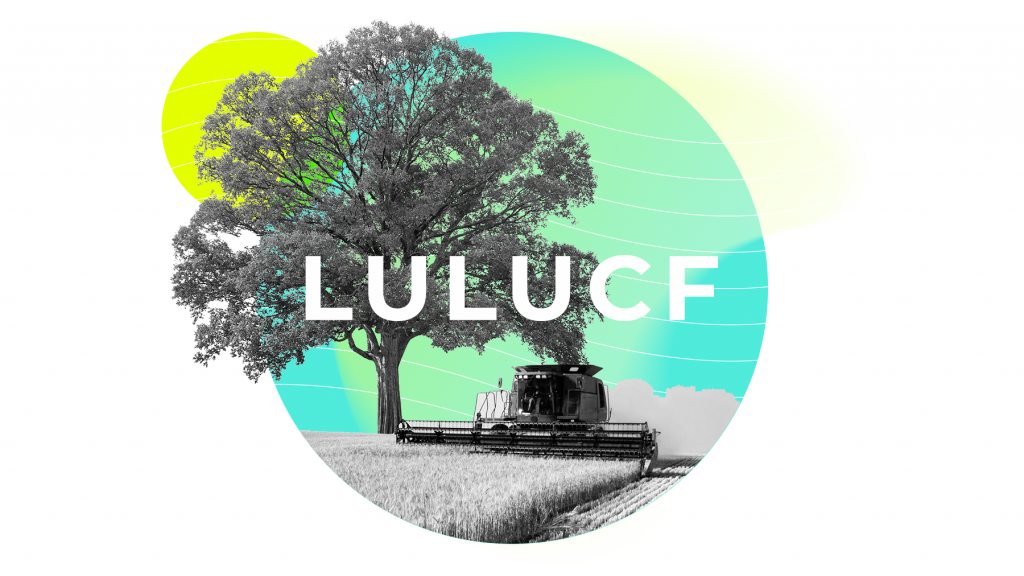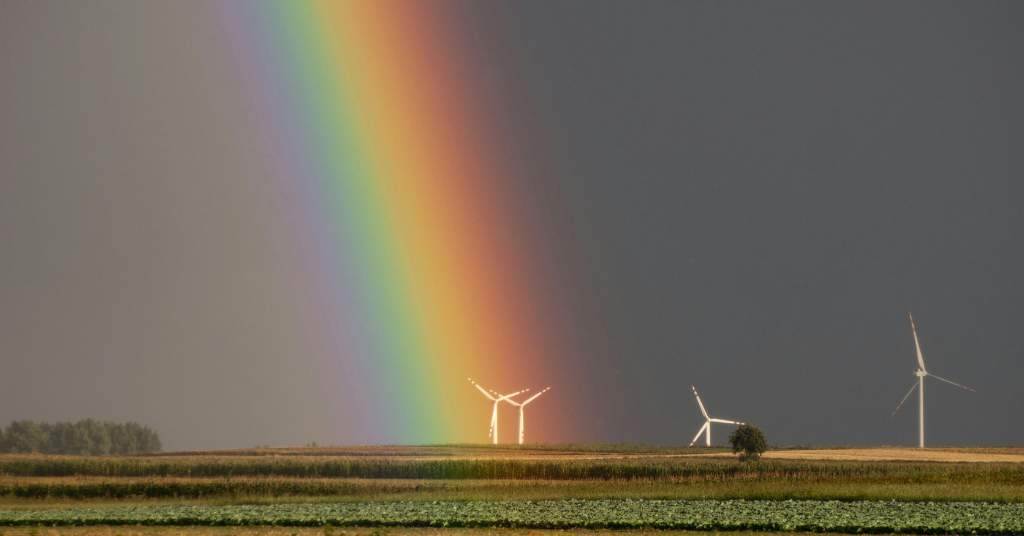The EU’s LULUCF Regulation is a legal framework that aims to ensure that activities related to land use, land use change and forestry are accounted for in the EU’s climate change mitigation and adaptation strategies. What makes it important is that the EU’s forests absorb approximately 10% of all greenhouse gases produced in member states. Pending formal adoption, the Council and Parliament set an overall EU-level objective of 310 Mt CO2 equivalent of net removals in the LULUCF sector in 2030, raising from 249 Mt CO2 in 2019.
LULULCF explained
LULUCF stands for Land Use, Land Use Change and Forestry, a crucially important concept in the field of carbon emissions and climate change. It encompasses many different activities related to land use, land use change and forestry that can either sequester carbon and reduce emissions, or increase emissions.
Land use change is the main component of LULUCF and it covers activities such as deforestation, reforestation, afforestation, and urbanization. What do these terms mean?
- Deforestation is the most significant and is responsible for the majority of emissions from land use change – it refers to the conversion of forested land to another land uses, like agriculture or urbanization.
- Reforestation and afforestation are activities that can reduce emissions by increasing the amount of carbon stored in woody biomass, such as trees.
- Afforestation is the planting of trees and other plants in an area where there was previously no forest or woodland. This is typically done to increase the amount of carbon dioxide taken in by the trees and to create wildlife habitats.
- Urbanization, on the other hand, increases emissions by replacing carbon-storing vegetation with buildings and other infrastructure.
Land use change and forestry can also be managed in ways to reduce emissions. This includes practices such as sustainable forestry, which involves the careful management of forest resources to ensure that they are not over-harvested or degraded.
Sustainable forestry can also increase the amount of carbon stored in woody biomass. Agroforestry is an agricultural land management system and also an important practice that combines trees, shrubs and crops on the same land in order to increase productivity and create more diverse and resilient ecosystems. It is a type of sustainable land management that combines traditional agricultural and forestry practices to improve the overall health of a landscape.
Finally, land use, land use change and forestry can also be managed to reduce emissions by improving soil management. This includes reducing tillage, growing cover crops, and planting cover crops. These practices reduce emissions by increasing the amount of carbon stored in the soil and reducing the amount of carbon emissions associated with the cultivation of crops.
By managing land use, land use change and forestry in ways that reduce emissions, we can help to slow the effects of climate change and improve the health of our environment in Europe. The LULUCF Regulation, adopted in 2018, sets out rules for reporting, monitoring, verification and accounting of greenhouse gas emissions and removals related to land use. It also requires member states to develop and implement national strategies for sustainable land management. The goal is to make sure that until 2030 the ‘no debit’ rule is applied, so forestry sector is compensated by at least the equivalent amount of removal – the current legislation presumably will be updated soon to meet the goals of ‘Fit for 55’.




